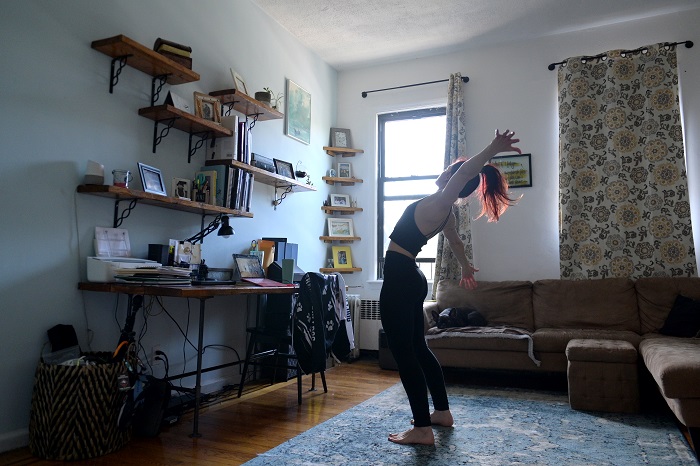Editor’s note: This is the first in a series on virtual wellness strategies.
While the coronavirus pandemic has put a spotlight on several aspects of wellbeing, notably mental and financial health, a handful of employers are making sure physical health stays in the spotlight, too.

For instance, Best Buy recently moved its on-site operations to a virtual platform, while others have partnered with wellness companies so employees can live-stream fitness classes at their convenience.
“All the wellness dimensions–physical, financial, emotional, social and environmental–are interconnected, but physical wellness is an ideal starting point,” says Ann Wyatt, vice president of program management and engagement at HealthFitness, a wellness provider that worked with Best Buy and Molson Coors, among others.
Focusing on fitness is seen as a smart move during the pandemic, advocates note, giving employees an opportunity to be active and boosting their mental health along the way.
“Most of us realize that it feels good on so many different levels just to get moving–going for a walk, a run or taking a group exercise class. The transition to work from home was–and still is–hard,” Wyatt says. “Providing an outlet for employees to continue with their physical wellness is crucial and over time will likely have a positive impact on the other wellness dimensions.”
Related: ‘Virtual wellbeing is here to stay’
Best Buy’s 16,000-square-foot on-site fitness center that serves its 1,400-plus corporate employees–and regularly offers 10-15 weekly group exercise classes and six office break sessions–has been empty since mid-March, when the pandemic began. But the Richfield, Minn.-based retail company acted quickly to make offerings available to its employees who moved remote due to COVID-19.
Best Buy activated its “Wellness Zone” Facebook page to host daily live group exercise classes and archive the recordings for on-demand viewing. It also offers challenges and educational content on a daily basis, the company says. Personal trainers also connect with employees via Zoom and Microsoft Teams, offering customized workouts that can be accessed via private YouTube links.
See also: HRE’s Number of the Day-Fitness benefits
“Many have continued participating in the same classes and personal and group training sessions as they would have onsite at our fitness center,” says Bri Johnson, HealthFitness program manager for Best Buy. “They especially enjoy having on-demand class recordings available via Facebook and Microsoft Teams, plus a few Zoom class options where they can interact with the instructor and, of course, their colleagues.”
Now, about 1,100 employees participate in the programs, Johnson says.
Although the coronavirus pandemic is to thank for a bigger transition to virtual fitness, chances are the trend will continue post-pandemic–especially as COVID-19 pushes a bigger number of employees to stay remote.
“I envision this trend as having staying power,” Wyatt says. “Some of our clients will have a portion of their workforce that may continue working from home for the foreseeable future and value having the flexibility to offer virtual fitness solutions in addition to an on-site experience at the company fitness center.”



